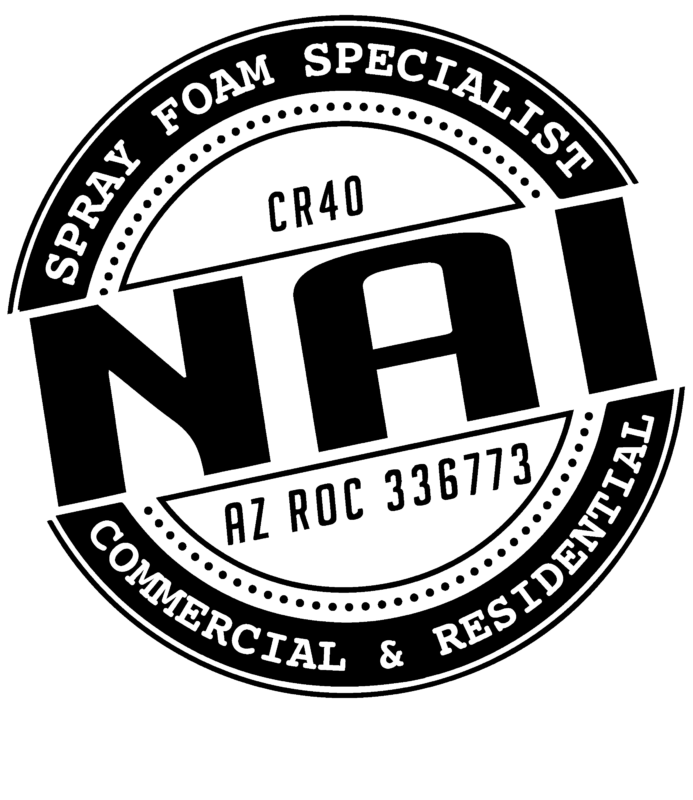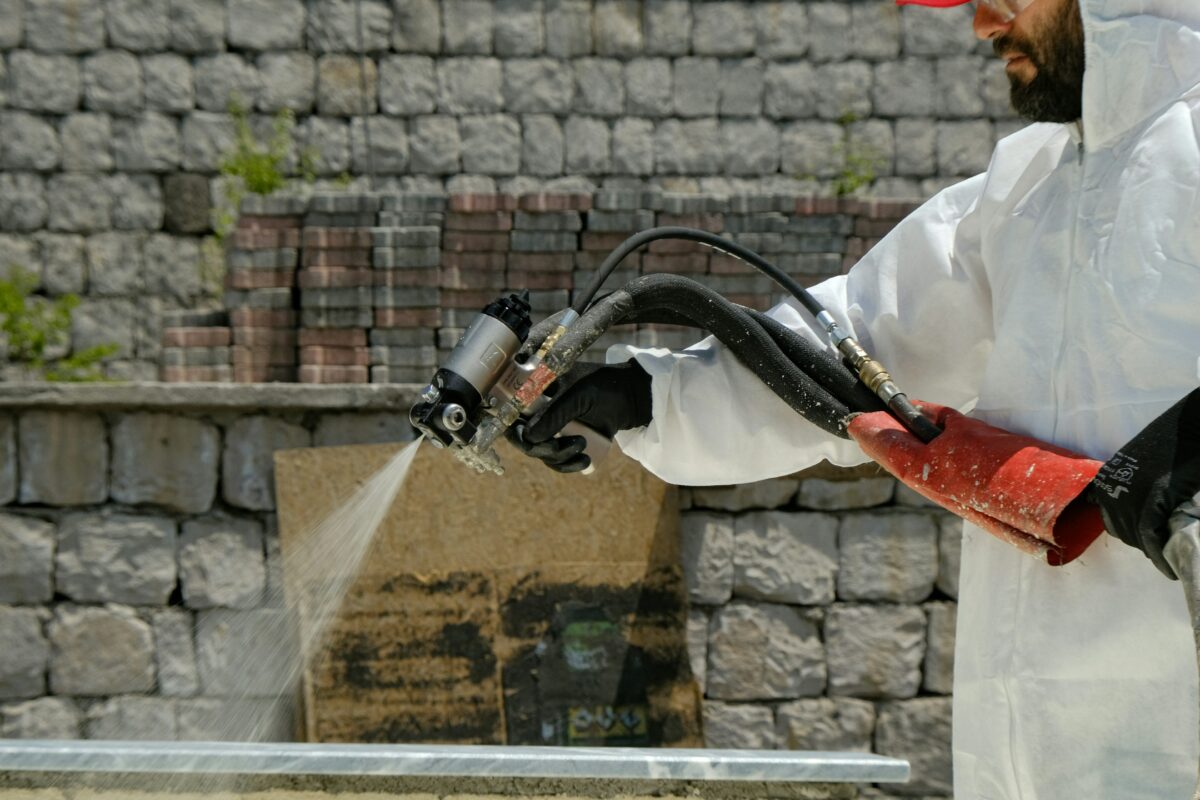In the increasingly green-conscious world we live in, the topic of home energy efficiency has moved front and center. For homeowners, energy bills can be one of the most significant monthly expenditures, with heating and cooling costs making up a large portion of those bills. In the pursuit of lowering these expenses, new technological advancements and lifestyle changes are constantly being sought after.
One such innovation that has been making waves is spray foam insulation. Unlike traditional insulation methods, which usually consist of fiberglass or cellulose, spray foam offers greater resistance to air infiltration, resulting in homes that are not only more comfortable but also far more energy-efficient. This post takes a deep dive into how spray foam insulation influences your home’s energy costs and why it could be the next big step toward energy independence.
Understanding the Role of Home Insulation
Before we specifically look at how spray foam can save homeowners money, it’s crucial to understand the purpose and benefits of home insulation. Insulation is a barrier used to help block the transfer of thermal energy that naturally seeks to move from warmer areas to cooler ones. In a home, this means reducing the loss of heat in the winter and preventing heat from entering in the summer.
Conventional insulation types like fiberglass and cellulose do provide some level of thermal resistance, but they don’t stop air leakage. Fiberglass, for instance, is a very good insulator, but air can move through it, which reduces its effectiveness. Homeowners often rely on additional materials like foam boards or vapor barriers to help mitigate air movement. Spray foam insulation, however, provides an airtight seal that not only insulates but also serves as a barrier to airflow.
The Science Behind Spray Foam’s Efficiency
How does spray foam achieve this impressive dual role? The answer lies in its application and chemical properties. When professionally installed, spray foam starts as a mixture of isocyanate and polyol resin. When these two substances are combined with the help of a spray gun, they expand and harden into a solid the way polyurethane does, creating a continuous, solid seal—even around curves and corners.
This process, known as “foaming,” is what makes spray foam insulation stand out. It fills in every nook and cranny, forming a tight barrier that other insulation types cannot provide. This consistency and coverage play a vital role in not only maintaining a steady, comfort-regulated indoor temperature but also in keeping energy bills in check.
Case Studies: Before and After Spray Foam
To put the influence of spray foam insulation on home energy costs into context, it’s helpful to look at actual before-and-after scenarios. In areas with extreme climates, homeowners have reported seeing significant reductions in their energy consumption.
For instance, a homeowner in a cold region might see an up to 50% decrease in their heating costs in the winter months. In contrast, a homeowner in a hot climate could experience a 30% reduction in their cooling costs during the summer. These reductions are achieved as a direct result of the minimized thermal transfer and the drastically reduced need for a home’s HVAC system to work harder to maintain a consistent temperature, even during peak temperature fluctuations.
Additional Benefits of Spray Foam Insulation
It’s not just about cost savings, as remarkable as they are. Spray foam insulation also offers a few additional benefits that contribute to the overall health and efficiency of your home.
Air Quality and Noise Reduction
The airtight seal created by spray foam insulation also acts as a barrier to pollen, dust, and other allergens that often enter homes through gaps in walls and ceilings. Additionally, it acts as a sound barrier, helping to reduce the transmission of unwanted noise from the outside—especially beneficial in urban or high-traffic areas.
Longevity and Maintenance
Spray foam insulation is known for its durability. Once cured, it doesn’t sag or settle, and it’s not a food source for mold, mildew, or pests. This means that its insulating properties can last for the lifespan of the home with little to no maintenance.
Environmental Impact
Although the immediate focus is on homeowner benefits, it’s important to note that the energy savings achieved through spray foam insulation have a significant positive environmental impact. The reduced energy consumption means a decreased demand for fossil fuels, which, in turn, leads to lower greenhouse gas emissions.
The Economics of Spray Foam Insulation
The initial cost of spray foam insulation can be higher than other insulation types. However, the long-term savings and benefits often far outweigh the upfront investment. This is especially true when considering the costs for removal and reinstallation of insulation when renovating or repairing, which is typically not required with spray foam due to its durability and longevity.
Some governments and utility companies also offer incentives and rebates for installing energy-efficient home upgrades like spray foam insulation. Homeowners should consider these programs as they can significantly lower out-of-pocket costs and reduce the payback period on their investments.
Choosing the Right Insulation for Your Home
Deciding on the right insulation for your home is a significant decision that will impact your comfort and finances for years to come. While spray foam insulation has clear advantages, it’s also important to consult with professionals to determine the right type and application for your specific home and climate. Some different types of spray foam can include:
- Open-cell foam: Typically used in interior walls, this foam is less dense and allows for more breathability.
- Closed-cell foam: Offers a higher R-value (thermal resistance) and is ideal for exterior walls, attics, and basements.
- High-density spray foam: Used for extra strength and air sealing in areas that require additional support or protection against moisture.
Factors such as the existing building materials, the home’s architecture, and budget constraints will all play a role in the final decision. In some cases, a combination of insulation types may be the most effective approach.
Impact on Home Value
In addition to energy cost savings, spray foam insulation can increase the value of your home. Potential buyers are increasingly looking for energy-efficient features in homes they purchase, and insulation is a substantial aspect of this equation.
A well-insulated home with a documented history of low energy usage can command a higher price and spend less time on the market. The initial investment in spray foam insulation can thus translate to a higher return should you decide to sell your property.
Reach Out to NAI Spray Foam Today
Upgrade to spray foam insulation today and experience the positive impact on your home’s energy costs! Contact NAI Spray Foam today and get started on upgrading your home’s insulation. Our team of experts will guide you through the process and help you achieve a more comfortable, efficient, and sustainable living space.

